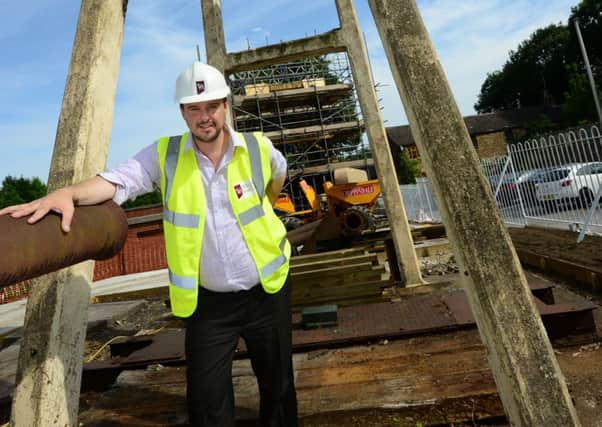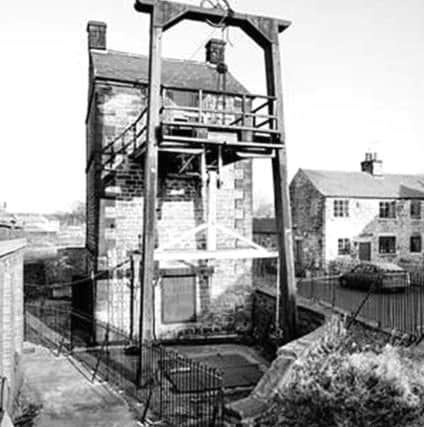All hands to the pump as relic is restored to glory


And work is well on track to restore the Newcomen beam engine to its original working state in the Yorkshire village where it was first installed.
The relic at Elsecar Heritage Centre, near Barnsley, was first fired up in 1795 to extract water from Elsecar New Colliery to allow for the exploration of deeper coal seams.
Advertisement
Hide AdAdvertisement
Hide AdStanding dormant for several decades, its significance was lost on a wealth of visitors until work began on the £400,000 conservation scheme, which reached the halfway mark this week. Work to restore the engine’s house and its mineshaft is set for completion in two months’ time.


While a handful of examples of similar engines survive, only Elsecar’s Newcomen can claim to remain in the place it was first used, and the unique artefact is expected to draw thousands of visitors from across the world following the grand unveiling.
“Everything is going excellently,” said John Tanner, Barnsley Council’s museums officer.
“The work has involved heritage conservationists from around the world. We’re halfway through the final stage and already there is huge interest in it.”
Advertisement
Hide AdAdvertisement
Hide AdThe engine carries the name of its inventor, Thomas Newcomen, the British industrialist credited with creating the first practical steam engine for pumping water. It was bought by the Fitzwilliam family, from nearby Wentworth Woodhouse, for whom Elsecar was their industrial powerhouse.
It was used regularly until 1923, then used as a back-up during the 1930s. It remained in working order until the 1950s, but remained untouched for around 60 years before work began on its restoration in 2013.
“This engine is of such huge importance. It has such an incredible story,” said Dr Tanner.
“Henry Ford visited Elsecar in 1927 and he offered a blank cheque to take it back to the US with him, but the Earl turned him down.”
Advertisement
Hide AdAdvertisement
Hide AdThroughout its working life, steam powered the machinery, but this time round it will be driven by hydraulic power.
Dr Tanner added: “We’d have to replace lots of different parts in order to use steam and because it’s so old and important, we don’t want to mess about with it too much.
“Using hydraulics we can make the engine move up and down and give a real sense of what it would have been like when it was working.”
The villagers of Elsecar have also shared their stories of mining heritage as part of the project, made possible by a grant from the Heritage Lottery Fund, while others have been recruited as volunteers to work on the restoration.
Advertisement
Hide AdAdvertisement
Hide AdEngineering student Callum Tart, 18, from Elsecar, said: “Mining is part of Elsecar’s history and my family history.
“I’m proud to be working on something that is so important to the village. A lot of people here are Elsecar born and bred. There has been a lot of interest in it and I’ve enjoyed being part of it.”
Barnsley Mayor Coun Tim Shepherd became the latest to endorse the restoration during a site visit this week.
He said: “It was a very enjoyable and extremely interesting visit.
Advertisement
Hide AdAdvertisement
Hide Ad“The project team, volunteers and engineers discussed the progress and shared discoveries about the village’s remarkable past, with newly found documents, photographs and maps, making the site far more important both nationally and internationally than first thought.”